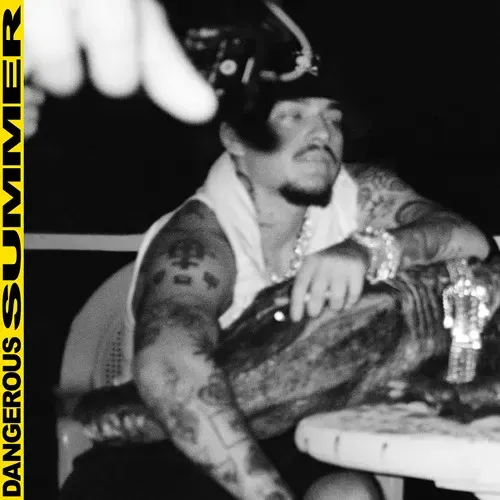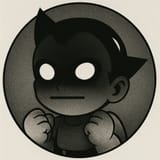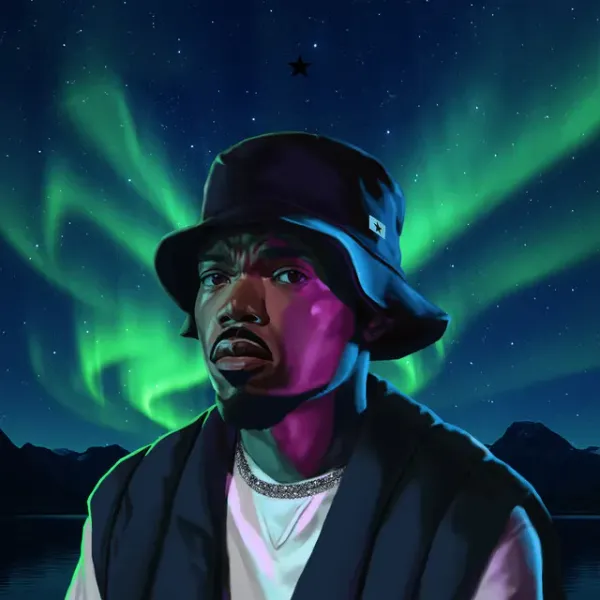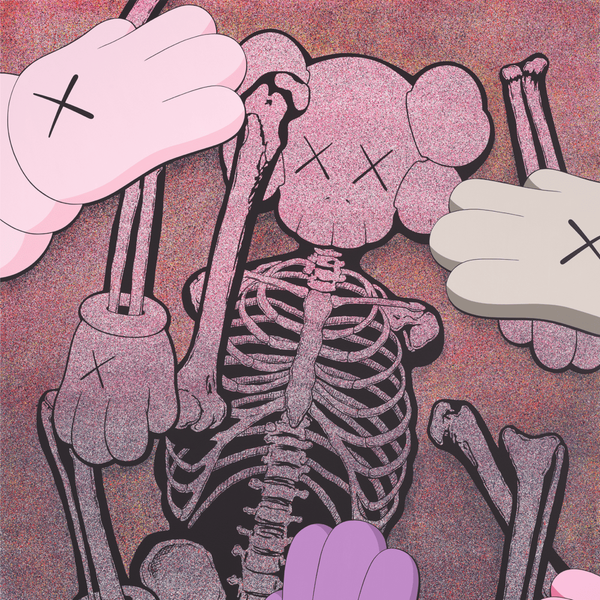Review: Yeat’s Dangerous Summer: All Style No Substance

After indulging in the chaotic and schizo production on Yeat’s 2024 album LYFESTYLE, songs like “GOD TALKIN SHHH” stayed in heavy rotation. Fast forward to today, and Yeat has emerged with his latest EP DANGEROUS SUMMER. The cover, photographed by notorious film director Harmony Korine of KIDS and GUMMO fame; two cult classics and critically acclaimed films I thoroughly enjoyed.
The first track on this EP, “PUT IT ONG,” opens in typical Yeat fashion: a marching trap beat with high-pitched vocals accenting the chorus over extraterrestrial keys. Not unlike what we’ve heard from Yeat before, but still an energetic and intentional introduction.
Most of the EP follows this pattern: nothing significantly different from what you’d expect from a Yeat project. It isn’t profound, but the production is solid, and his animalistic vocal inflections give tracks an off-kilter edge. For Yeat, vocals are purely a tool to shape each track, making Dangerous Summer almost entirely about cadence and pop bounce; maybe even more so than previous installments, which lean toward either abstract-dramatic or trap-abstractions.
The first verse from Yeat on “M.F.U.” is enthusiastic, but the feature from SahBabii does not add much. In fact, virtually all the features on this EP add little value beyond giving the listener a break from Yeat’s manic and ever shifting vocal performances. Despite no standout features, the guest inclusions are not excessive or heavy handed. They accent the tracks, but do not elevate them. There is less synergy between Yeat and his visitors. He remains the star of the show, and honestly, I would rather hear more from him.
I like the project in general, but it adds very little substance, relying almost entirely on its ability to stimulate with aesthetics. There is a lot going on, and you can tell Yeat makes an effort to give each track its own vocal fingerprint. He rarely repeats cadences, and a lot of attention goes into each one he deploys. Each verse dances with its instrumental, giving tracks an X factor and maximizing the stunt meter wherever possible. This EP is about bounce. It is about making pop rough and arrogant. Songs like “Loose Leaf” are braggadocious, the flow in the pocket and obsessively tight.
Dangerous Summer shines with its techno inspired synths and aggressive, Mad Max stadium soundscape. But it also reinforces the impression that there is not much more to Yeat as an artist beyond this formula. His charm is his limitation, a fascination with communicating world domination by painting his voice through chaotic and dark production. If Yeat ever delivered coherent vulnerability, or a legitimate attempt to make a complete and complex album without falling into rap’s trappings, territory he has already explored, he could have a truly great album on his hands. He just needs to take his sound a step forward into the full human experience, be even more bold, take even more risks.
“Yeat’s World” is exciting but shallow. It is epic, it is dangerous, it is backed by electric guitar, but what else is it? Yeat’s discography is a unique and valuable product for those with an acquired taste, but it is product first, art second.
Verdict: 6.5/10


